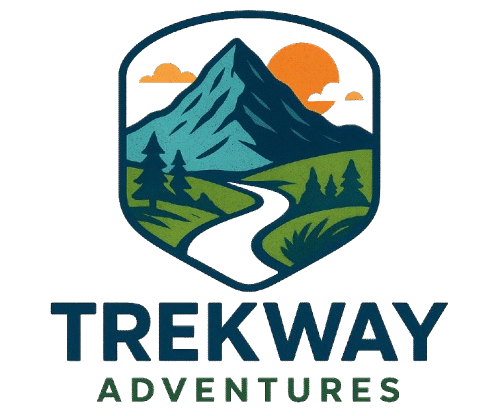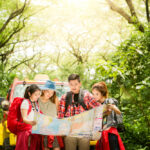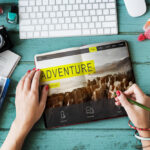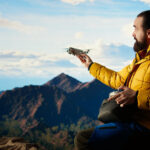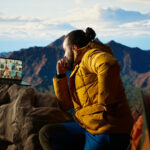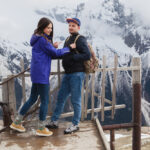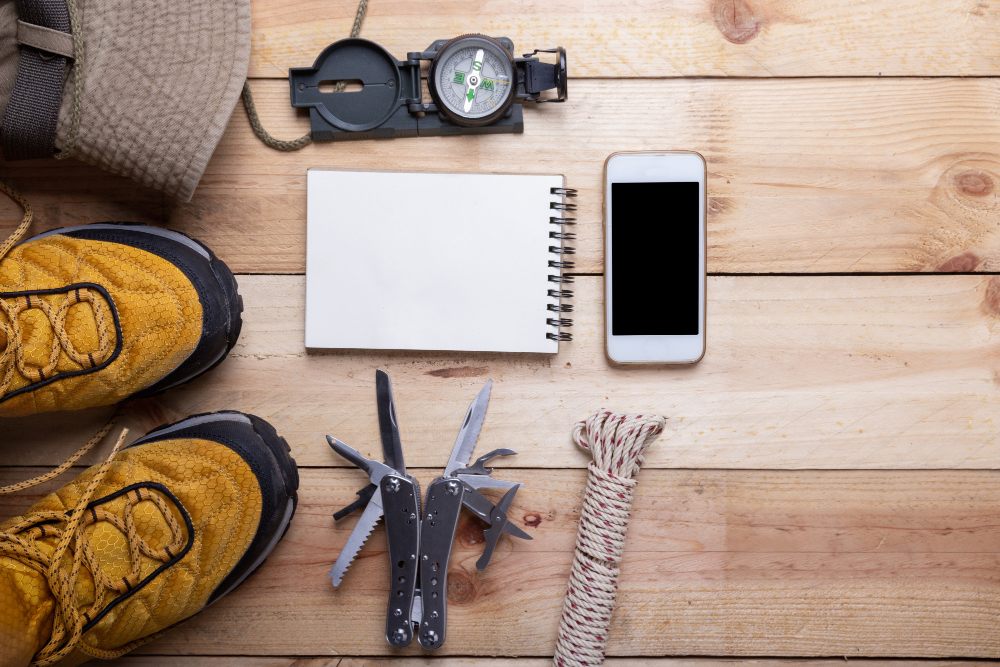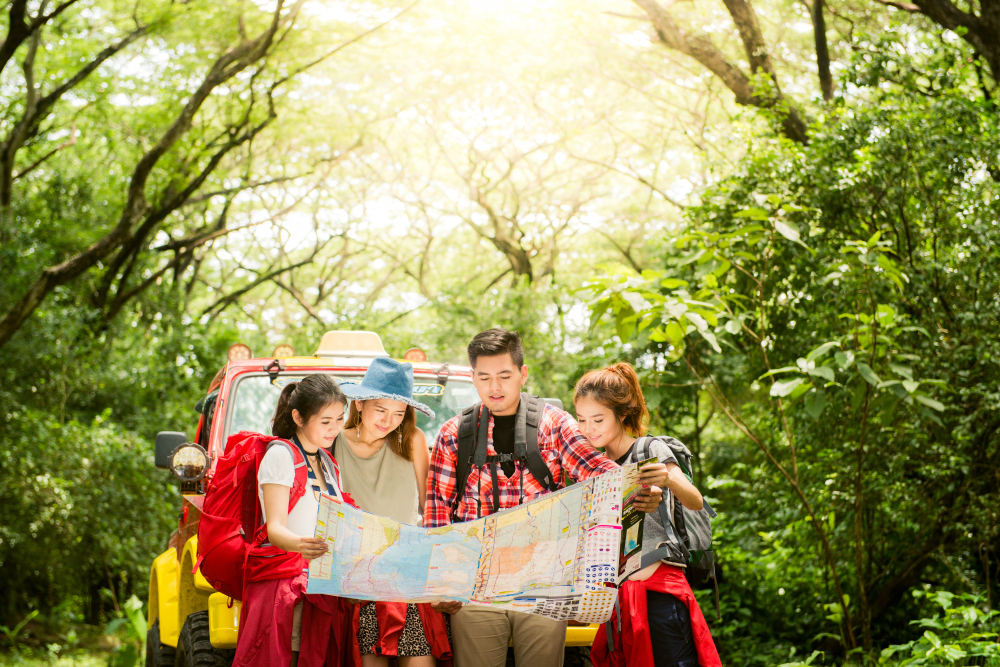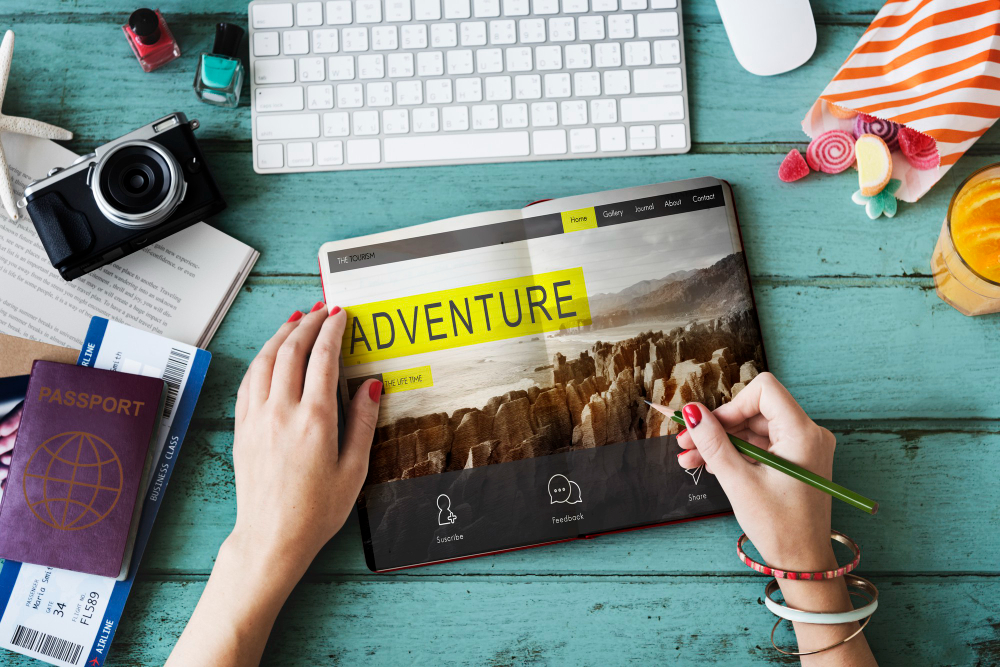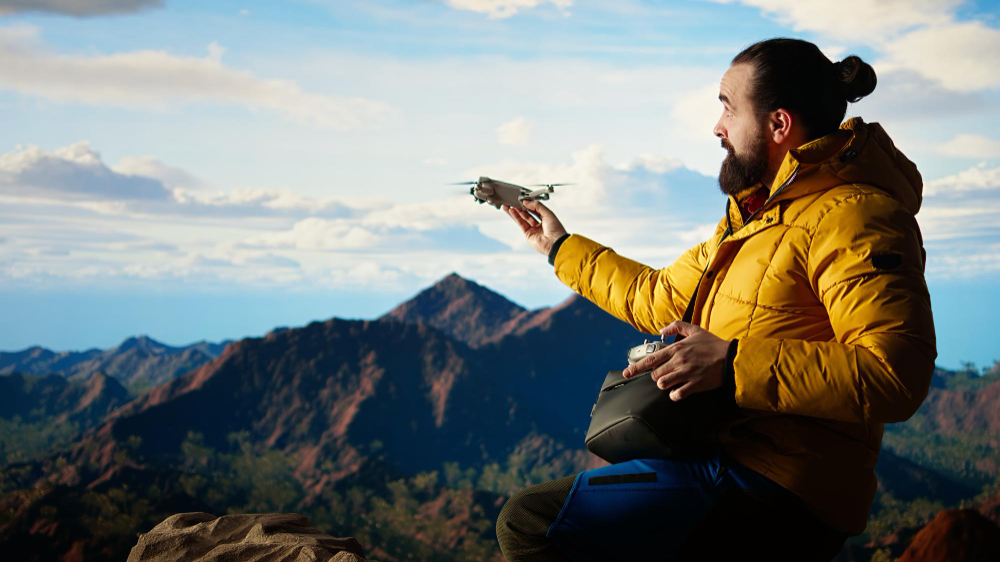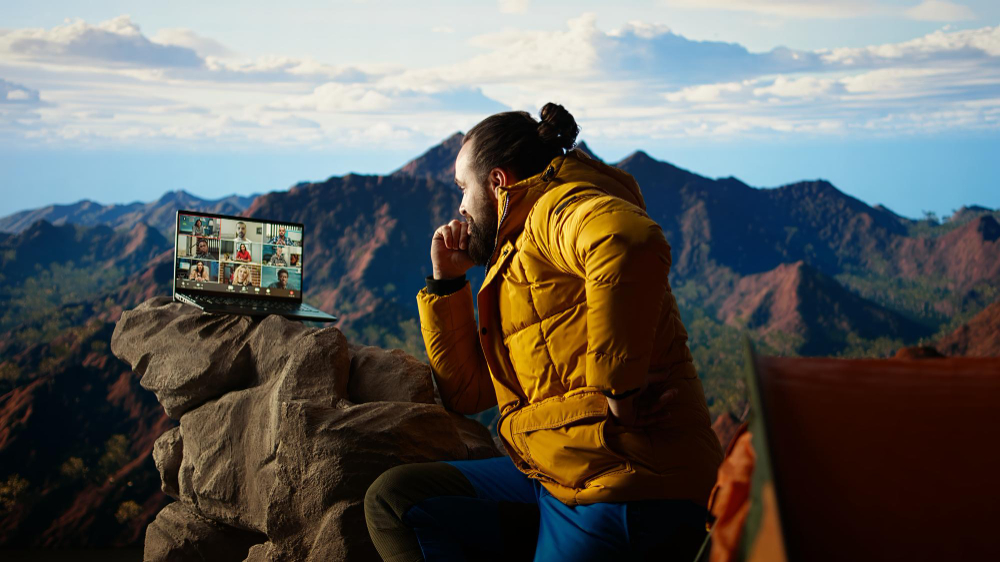👋 Welcome!
Mode Activated: 📝 Article Mode
Let’s create a fully SEO-optimized, long-form article for your keyword:
“The Best Adventure Gear Checklist for Hikers and Campers”
Comprehensive SEO Outline
| Heading Level | Section Title |
|---|---|
| H1 | The Best Adventure Gear Checklist for Hikers and Campers |
| H2 | Introduction: Gear Up for Your Next Outdoor Adventure |
| H2 | Why Having the Right Gear Matters |
| H3 | Safety, Comfort, and Efficiency in the Great Outdoors |
| H3 | Investing in Quality Adventure Equipment |
| H2 | Essential Hiking Gear Checklist |
| H3 | 1. Footwear: The Foundation of Every Trek |
| H3 | 2. Clothing Layers for All Weather Conditions |
| H3 | 3. Backpacks: Choosing the Right Size and Fit |
| H3 | 4. Navigation Tools: Maps, GPS, and Compasses |
| H3 | 5. Trekking Poles and Hiking Accessories |
| H2 | Essential Camping Gear Checklist |
| H3 | 6. Tents and Shelters for All Seasons |
| H3 | 7. Sleeping Bags and Pads for Comfort and Warmth |
| H3 | 8. Cooking and Food Supplies for Camp Life |
| H3 | 9. Lighting and Power Essentials |
| H3 | 10. Camp Furniture and Comfort Items |
| H2 | Safety and Survival Gear for Every Adventurer |
| H3 | 11. First Aid Kit and Emergency Supplies |
| H3 | 12. Fire Starters, Knives, and Multi-Tools |
| H3 | 13. Communication Devices and Navigation Safety |
| H2 | Eco-Friendly and Sustainable Gear Choices |
| H3 | 14. Reusable and Lightweight Essentials |
| H3 | 15. Solar, Rechargeable, and Low-Impact Equipment |
| H2 | Pro Tips for Packing and Organizing Your Gear |
| H3 | How to Pack Smart for Hiking vs. Camping |
| H3 | Weight Distribution and Gear Accessibility |
| H2 | FAQs About Adventure Gear for Hikers and Campers |
| H2 | Conclusion: Adventure Awaits—Pack Right, Trek Light |
The Best Adventure Gear Checklist for Hikers and Campers
SEO Title: The Best Adventure Gear Checklist for Hikers and Campers – Essential Packing Guide for 2025
Meta Description: Discover the best adventure gear checklist for hikers and campers. From tents and trekking poles to eco-friendly essentials, pack smart and travel confidently.
Introduction: Gear Up for Your Next Outdoor Adventure
Whether you’re hiking rugged mountain trails or camping under a blanket of stars, your adventure is only as good as your preparation. Having the right gear can transform a challenging expedition into an unforgettable outdoor experience.
This comprehensive adventure gear checklist for hikers and campers ensures you’re ready for every terrain, weather condition, and challenge that nature has in store.
Why Having the Right Gear Matters
Safety, Comfort, and Efficiency in the Great Outdoors
Proper gear isn’t just about convenience—it’s about survival. Reliable hiking boots prevent injuries, quality tents withstand storms, and layered clothing keeps you comfortable through temperature swings.
Investing in Quality Adventure Equipment
Durable, weather-tested gear may cost more upfront, but it lasts longer, performs better, and reduces waste in the long run. Think of it as an investment in both safety and sustainability.
Essential Hiking Gear Checklist
1. Footwear: The Foundation of Every Trek
The most important piece of gear for any hiker is their boots or trail shoes. Choose based on terrain:
- Trail shoes – For short, dry, and well-marked trails.
- Mid-cut boots – For rocky or uneven surfaces.
- High-cut boots – For long treks with heavy packs.
Pro Tip: Break in new boots before hitting the trail to prevent blisters.
2. Clothing Layers for All Weather Conditions
Follow the layering system for maximum comfort and adaptability:
- Base Layer: Moisture-wicking fabrics (avoid cotton).
- Insulating Layer: Fleece or down jacket for warmth.
- Outer Layer: Waterproof and windproof shell.
Don’t forget hats, gloves, and thermal socks for colder conditions.
3. Backpacks: Choosing the Right Size and Fit
Pick a pack that fits your trip:
- Daypacks (20–35L): Ideal for short hikes.
- Mid-sized (35–60L): Great for weekend trips.
- Expedition packs (60L+): For long treks or backpacking.
Look for padded straps, adjustable hip belts, and ventilation panels.
4. Navigation Tools: Maps, GPS, and Compasses
Never rely solely on your phone. Always carry:
- Topographic maps
- Compass
- GPS device or watch
- Offline navigation apps (like AllTrails or Gaia GPS)
5. Trekking Poles and Hiking Accessories
Trekking poles help reduce knee strain and improve stability. Add essentials like gaiters, sunglasses, and lightweight gloves for extra comfort.
Essential Camping Gear Checklist
6. Tents and Shelters for All Seasons
Your tent should be sturdy, waterproof, and easy to set up.
- 3-season tents: Lightweight and versatile for spring to autumn.
- 4-season tents: Built for snow, wind, and alpine conditions.
Include a groundsheet or footprint for added protection.
7. Sleeping Bags and Pads for Comfort and Warmth
Choose a sleeping bag rated for the coldest temperature you expect. Pair it with an insulated sleeping pad for warmth and comfort.
8. Cooking and Food Supplies for Camp Life
Pack compact, efficient cooking tools:
- Portable stove or fuel burner
- Cookware set (pot, pan, utensils)
- Reusable cutlery and plates
- Lightweight, high-energy food (instant meals, nuts, oatmeal)
- Biodegradable soap for easy cleanup
9. Lighting and Power Essentials
Illuminate your campsite with:
- Headlamp (with extra batteries)
- Solar lanterns or rechargeable lights
- Portable power bank or solar charger
10. Camp Furniture and Comfort Items
Optional but worthwhile for longer stays:
- Folding chair or stool
- Compact table
- Hammock for relaxation
Safety and Survival Gear for Every Adventurer
11. First Aid Kit and Emergency Supplies
A well-stocked first aid kit is non-negotiable. Include:
- Bandages, antiseptic, blister pads
- Tweezers, scissors, and pain relievers
- Emergency blanket and whistle
12. Fire Starters, Knives, and Multi-Tools
Always have at least two ways to make fire—matches, lighter, or fire starter sticks. A multi-tool or hiking knife helps with repairs and cooking.
13. Communication Devices and Navigation Safety
In remote areas, carry a satellite phone, radio, or personal locator beacon (PLB). Always share your itinerary with someone before departure.
Eco-Friendly and Sustainable Gear Choices
14. Reusable and Lightweight Essentials
Replace disposable plastics with:
- Reusable water bottles or hydration bladders
- Cloth napkins and bamboo utensils
- Compostable trash bags
15. Solar, Rechargeable, and Low-Impact Equipment
Switch to solar-powered chargers, LED headlamps, and biodegradable soap to minimize your environmental footprint. Sustainable travel keeps nature wild for future generations.
Pro Tips for Packing and Organizing Your Gear
How to Pack Smart for Hiking vs. Camping
- Hiking: Keep essentials like snacks, water, and maps within easy reach.
- Camping: Organize your gear in labeled dry bags for quick setup and cleanup.
Weight Distribution and Gear Accessibility
Heavier items (like food and water) should be centered and close to your back for balance. Use external loops for trekking poles or wet clothing.
FAQs About Adventure Gear for Hikers and Campers
Q1. How do I know what gear to prioritize as a beginner?
Start with essentials—good footwear, weather-appropriate clothing, and a reliable backpack. Add camping gear as you gain experience.
Q2. What’s the ideal backpack weight?
Your pack should not exceed 20–25% of your body weight.
Q3. Are expensive hiking boots worth it?
Yes. Quality boots provide better ankle support, traction, and durability—crucial for long treks.
Q4. What’s the best material for camping tents?
Nylon is lightweight and durable, while canvas offers better insulation and longevity.
Q5. How can I make my camping trip more eco-friendly?
Pack reusable items, minimize waste, and follow Leave No Trace principles.
Q6. Should I buy or rent adventure gear?
If you’re a casual camper, renting high-end items (like tents or GPS devices) can save money. Frequent adventurers should invest in their own.
Conclusion: Adventure Awaits—Pack Right, Trek Light
The right gear can turn a tough outdoor challenge into a thrilling, safe, and comfortable journey. Whether you’re trekking up snowy peaks or camping by a quiet lake, smart preparation is your best adventure tool.
So pack light, stay sustainable, and step confidently into the wild—because the world is waiting for your next great adventure. 🌍
External Source:
For more expert gear reviews and buying tips, visit REI’s Expert Advice: Hiking & Camping Gear.
